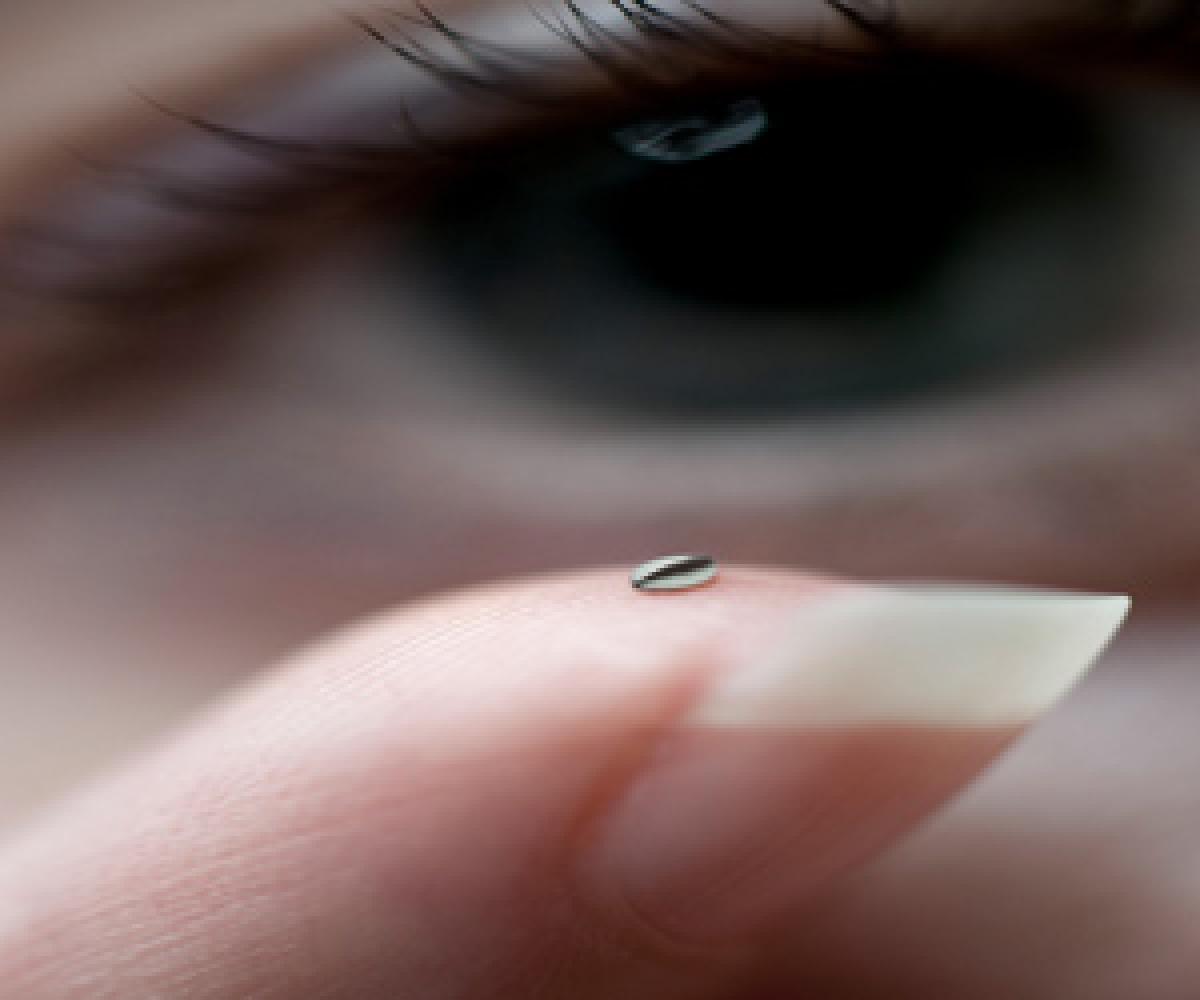Live
- 12-yr-old brain-dead girl’s organs donated
- People want Eknath Shinde to become Chief Minister again: Shivaji
- All hospitals must have fire safety systems in place: Health Minister
- Visesha Pret exhibition organised
- Ayurvedic doctor booked for high antibiotic dosage to pregnant woman
- HSL bags two SODET Awards
- Revanth calls for 10-day festivities from Dec 1
- ‘Storytelling’- a platform to share pain, inspire people
- Our govt will extented all help to young entrepreneurs: Ponnam
- 1,200 participate in Sahasra Galarchana at Tirumala
Just In

To better treat a variety of diseases, researchers have developed soft, flexible and motor-less microrobots that can be remotely controlled with electromagnetic fields.
London: To better treat a variety of diseases, researchers have developed soft, flexible and motor-less microrobots that can be remotely controlled with electromagnetic fields.
Made up of a biocompatible hydrogel and magnetic nanoparticles, these microbots can move and swim inside the patient's body when an electromagnetic field is applied, accoding to the researchers from Ecole Polytechnique Federale De Lausanne, Switzerland who developed bio-inspired robots that looks and moves like a bacterium.
To build one of these microrobots, the nanoparticles were first placed inside layers of a biocompatible hydrogel.
Then, an electromagnetic field was applied to orientate the nanoparticles at different parts of the robot, followed by a polymerisation step to "solidify" the hydrogel.
After this, the robot was placed in water where it folded in specific ways depending on the orientation of the nanoparticles inside the gel, to form the final overall 3D architecture of the microrobot.
Once the final shape was achieved, an electromagnetic field was used to make the robot swim. Then, when heated, the robot changed shape and unfolded.
This fabrication approach allowed the researchers to build microrobots that mimic the bacterium that causes African trypanosomiasis, otherwise known as sleeping sickness.
This particular bacterium uses a flagellum for propulsion, but hides it away once inside a person's bloodstream as a survival mechanism.
The researchers tested different microrobot designs to come up with one that imitated this behaviour. The prototype robot has a bacterium-like flagellum that enables it to swim. When heated with a laser, the flagellum wraps around the robot's body and is "hidden".
Scientists around the world have been studying ways to use miniature robots to better treat a variety of diseases.
The robots are designed to enter the human body, where they can deliver drugs at specific locations or perform precise operations like clearing clogged-up arteries. The work was published in the journal Nature Communications.

© 2024 Hyderabad Media House Limited/The Hans India. All rights reserved. Powered by hocalwire.com







